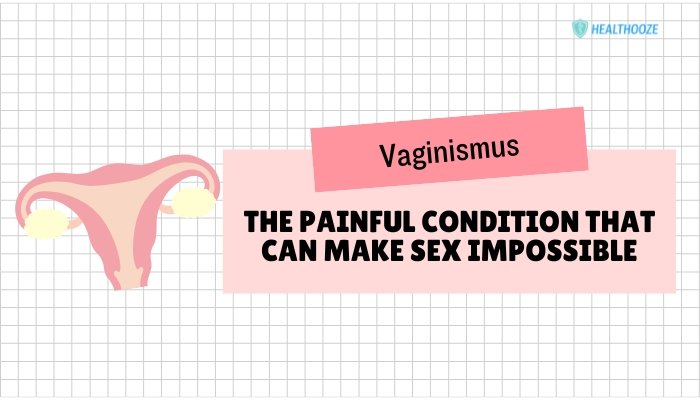Introduction
In global comparisons, the United States stands out for its advanced medical technology and substantial healthcare spending. Yet, this apparent advantage contrasts starkly with a sobering statistic: the US has one of the highest maternal mortality rates among high-income countries.
For many, this is a perplexing paradox—why, in a nation with so many resources, do expectant and new mothers face elevated risks of complications or death? This article delves into the factors fueling these disturbing numbers, highlighting how socioeconomic inequalities, racial disparities, fragmented healthcare systems, and gaps in postpartum support converge to endanger maternal health.
Recognizing these challenges and advocating for reform are crucial to protect mothers’ lives.
Understanding Maternal Mortality
Defining Maternal Death
According to the World Health Organization (WHO), maternal mortality is the death of a woman while pregnant or within 42 days of terminating a pregnancy, from causes related to or aggravated by the pregnancy. This definition encompasses deaths occurring during childbirth, immediate postpartum, or following complications (e.g., sepsis, hemorrhage). In some data sets, extended postpartum periods (up to a year) are considered for maternal death counting in advanced studies.
Key Causes
Globally, main causes include severe bleeding (hemorrhage), infections, high blood pressure disorders (preeclampsia, eclampsia), obstructed labor, and unsafe abortions. In developed nations, many of these complications should be largely preventable with proper prenatal care, medical technology, and postpartum monitoring. Yet the US’s maternal death rates remain surprisingly high, highlighting a breakdown in care continuity.
The US Scenario: Surprising and Alarming
Recent Trends
While many high-income countries have seen maternal mortality rates plateau or decline, US rates have trended upward in the last two decades. Recent CDC data indicate an average maternal death ratio nearly double that of similar nations (Canada, UK, Germany, etc.). Moreover, advanced maternal age, obesity prevalence, and an uptick in chronic diseases (like diabetes, hypertension) feed into rising maternal risks.
Global Ranking
Comparisons place the US behind countries with significantly lower healthcare budgets, further illustrating that money alone doesn’t guarantee healthy pregnancy outcomes. Resource distribution, healthcare access, and system efficiency also matter greatly.
Contributing Factors Behind High Mortality
Fragmented Healthcare and Insurance
- Lack of Universal Coverage: Some pregnant women lose or lack health insurance, limiting consistent prenatal care.
- Discontinuous Care: A single mother might see multiple providers, or face obstacles scheduling postpartum appointments—leading to oversights in monitoring postpartum complications.
- High Intervention Rates: The US’s elevated cesarean section rates can heighten complications like hemorrhage or infection if not medically indicated.
Chronic Conditions and Late Diagnoses
Chronic illnesses—e.g., hypertension, heart disease, obesity—continue to surge among reproductive-age women. Without robust preconception management, these conditions worsen during pregnancy. Delayed diagnoses and limited postpartum follow-up fail to detect serious complications, such as postpartum cardiomyopathy or uncontrolled blood pressure.
Limited Postpartum Support
Many postpartum complications—hemorrhage, postpartum depression, preeclampsia—manifest after hospital discharge. However, standard postpartum checks might be as late as six weeks postpartum, ignoring the crucial first days or weeks. The lack of home visits, minimal postpartum extension in insurance coverage, and insufficient guidance on warning signs further elevate mortality risks.
The Role of Racial Disparities
Stark Inequalities
Black and Indigenous women in the US die from pregnancy-related causes at a much higher rate than white women. Systemic issues—implicit bias in healthcare, limited access to high-quality providers, the stress of racism—contribute to this gap.
Implicit Bias in Care
Studies document that some providers may dismiss Black women’s pain complaints or concerns, reminiscent of the historical “stronger pain tolerance” myth. This results in tardy diagnoses (for hemorrhage or preeclampsia) and less aggressive interventions. The emotional toll of repeated microaggressions also hampers patient-provider trust.
Social Determinants of Health
Unreliable transportation, lower incomes, living in medical deserts, suboptimal nutrition, or working in physically demanding jobs all hamper prenatal care consistency. Intertwined with racial disparities, these factors compound maternal health vulnerabilities.
Potential Solutions and Reforms
Extend Insurance and Prenatal Care Access
- Continuous Coverage: Extending Medicaid eligibility for women beyond 60 days postpartum ensures care for late-arising complications.
- Midwife and Doula Support: Doula presence can enhance advocacy and reduce stress, especially for marginalized populations. This promotes personalized, continuous care.
Emphasize Postpartum Follow-Up
High-quality postpartum checkups—ideally more frequent and earlier—help identify hemorrhaging, hypertension, or mental health issues. Some states pilot postpartum home visits or telehealth consults, bridging the gap between obstetric discharges and routine health checks.
Combat Racial Bias
- Provider Education: Mandating implicit bias training for obstetricians, nurses, and hospital staff fosters empathy and vigilance to warning signs in all mothers.
- Listening to Patients: Encouraging collaborative decision-making and creating direct channels to address concerns if patients sense they’re being dismissed.
- Community Partnerships: Local birth centers, nonprofits, or faith-based groups that coordinate maternal services build trust among minority communities.
Navigating a Safer Pregnancy Journey
Steps for Expectant Mothers
- Early and Consistent Prenatal Care: Start appointments once pregnant; maintain routine checkups.
- Know Warning Signs: E.g., severe headaches, visual changes, heavy bleeding, or swelling could signal postpartum complications needing urgent evaluation.
- Advocate for Self: Speak up about unusual symptoms or if you suspect subpar treatment. A second opinion may prove life-saving.
Family, Partners, and Friends
Mothers lacking partner support are more prone to postpartum depression or delayed emergency care. Family members can help by driving them to appointments, ensuring medication adherence, or advocating if medical staff are inattentive.
Conclusion
Despite being a wealthy nation with cutting-edge technology, the United States continues to battle alarmingly high maternal mortality rates. Complex issues intersect—fragmented healthcare, racial inequities, insufficient postpartum care, and a lack of comprehensive coverage. Yet, momentum to address these shortfalls grows, with policymakers, healthcare professionals, and community advocates pushing for expanded insurance coverage, improved postpartum support, and anti-bias training. For expectant and new mothers, knowledge, vigilance, and the readiness to speak up can significantly enhance safety. Only by recognizing and uprooting these systemic barriers can we ensure that all mothers, regardless of background or income, have the safest possible journey into parenthood.
References
- https://www.cdc.gov/
- WHO. Trends in Maternal Mortality 2000 to 2017.
- MacDorman MF, Declercq E, Cabral H, Morton C. Is the United States maternal mortality rate increasing? Disentangling trends from measurement. Obstet Gynecol.







